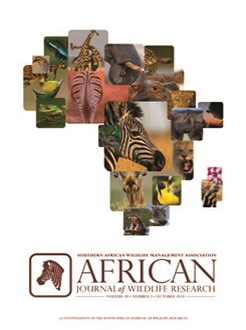RESEARCH-ARTICLE (1)
RESEARCH ARTICLE (15)
COMMENTARY (1)
BOOK-REVIEW (1)

A 20-Year Review of the Status and Distribution of African Wild Dogs (Lycaon pictus) in South Africa
